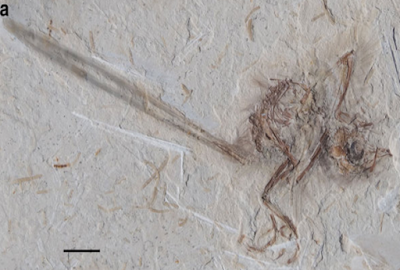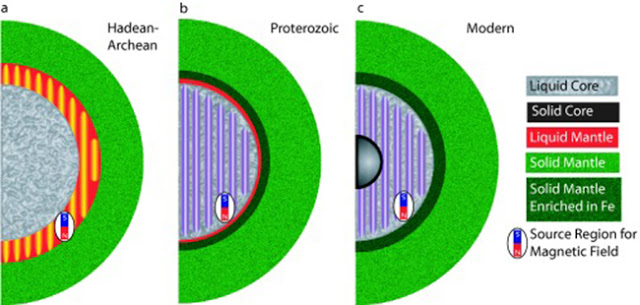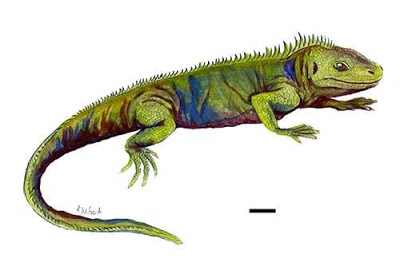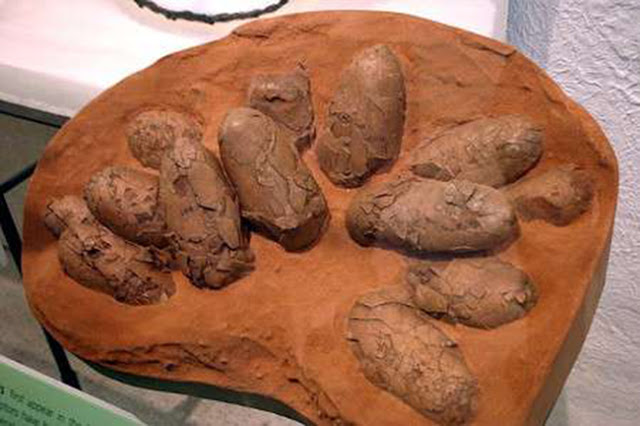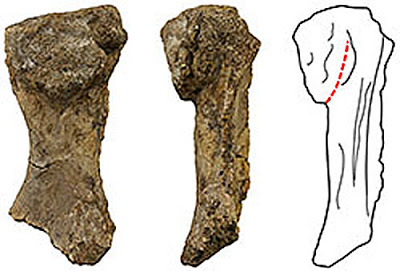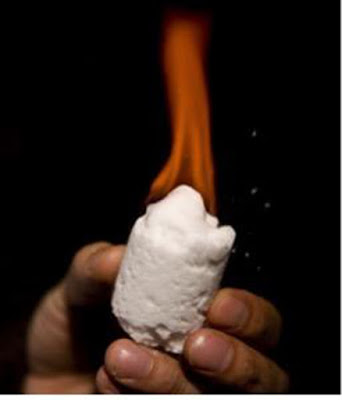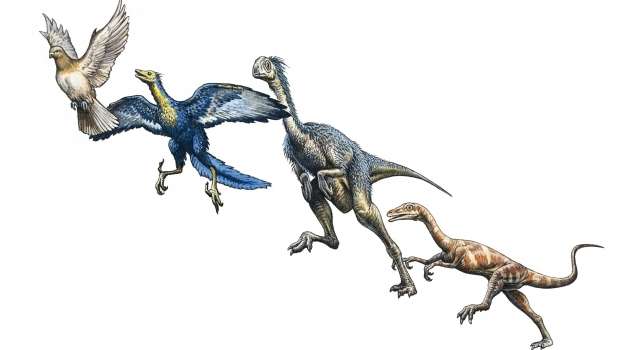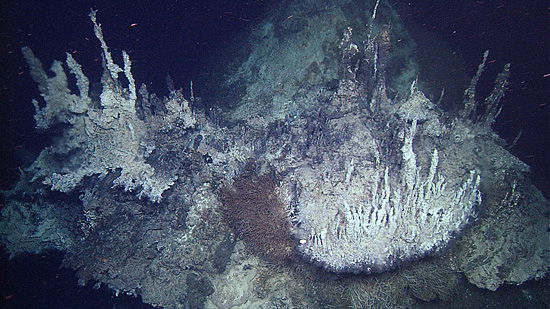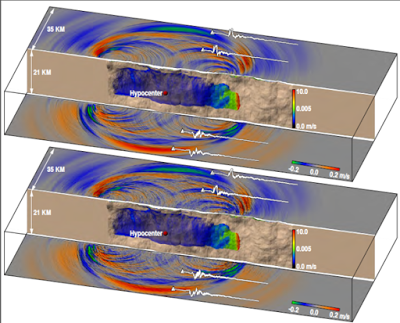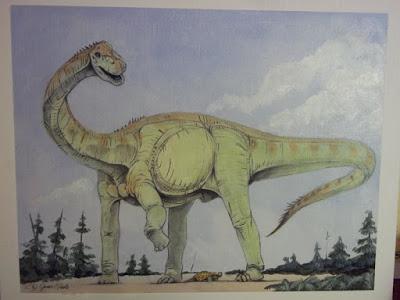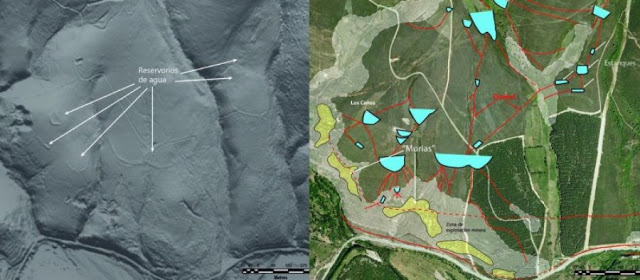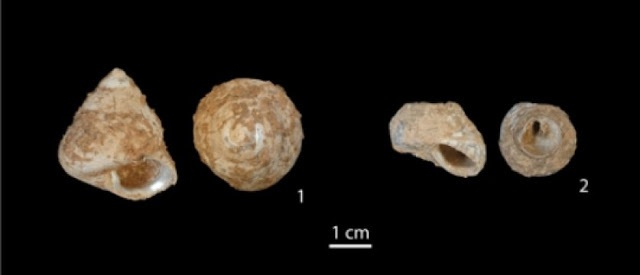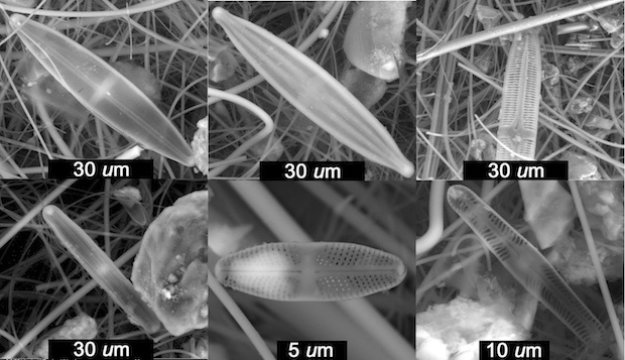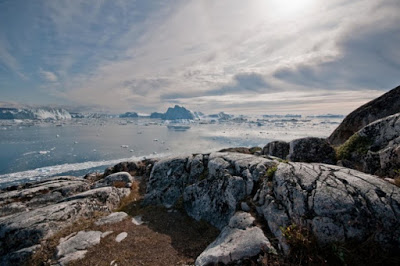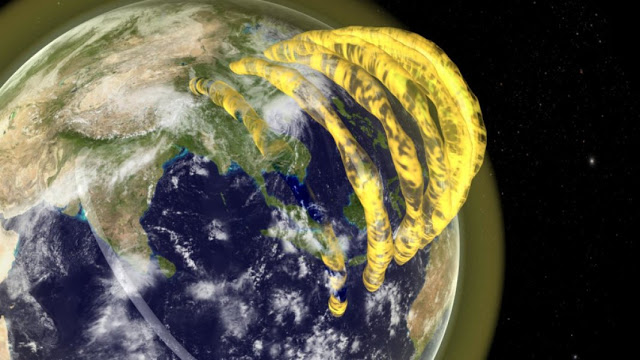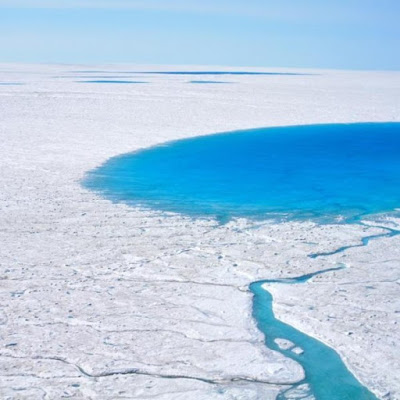
In 2008 scientists from Woods Hole Oceanographic Institution (WHOI) and the University of Washington documented for the first time how the icy bottoms of lakes atop the Greenland Ice Sheet can crack open suddenly–draining the lakes completely within hours and sending torrents of water to the base of the ice sheet thousands of feet below. Now they have found a surprising mechanism that triggers the cracks.
Scientists had theorized that the sheer weight of the water in these supraglacial lakes applied pressure that eventually cracked the ice, but they could not explain why some lake bottoms cracked while others did not.
“Our discovery will help us predict more accurately how supraglacial lakes will affect ice sheet flow and sea level rise as the region warms in the future,” said lead author Laura Stevens, a graduate student in the Massachusetts Institute of Technology-Woods Hole Oceanographic Institution (MIT/WHOI) Joint Program in Oceanography.
The research was published June 4 in the journal Nature.
To find out what triggers sudden lake drainages, a research team, including Stevens and colleagues from WHOI, the University of Washington, MIT, and the University of Tasmania, deployed a network of 16 GPS units around North Lake, a 1.5-mile-long supraglacial lake in southwest Greenland, where the scientists first documented large-scale cracks and lake drainages. They used these instruments to record movements of the ice before, during, and after three rapid lake drainages in the summers of 2011, 2012, and 2013.
Their study showed that in the 6 to 12 hours before the lake cracked and drained, the ice around the lake moved upward and slipped horizontally. The scientists say that meltwater had begun to drain through a nearby system of moulins (vertical conduits through the ice), which connected the surface to the base of the ice sheet 3,215 feet below. The accumulating water creates a bulge that floats the entire ice sheet, creating tension at the surface underneath the lake. The stress builds up until it is relieved by a sudden large crack in the ice below the lake.
“In some ways, ice behaves like Silly Putty–if you push up on it slowly, it will stretch; if you do it with enough force, it will crack,” said Stevens. “Ordinarily, pressure at the ice sheet surface is directed into the lake basin, compressing the ice together. But, essentially, if you push up on the ice sheet and create a dome instead of a bowl, you get tension that stretches the ice surface apart. You change the stress state of the surface ice from compressional to tensional, which promotes crack formation.”
Once the tension initiates the crack, the volume of water in the lake does play a critical role, surging into the opening, widening and extending it, and keeping it filled with water all the way to base of the thick ice sheet. These are called hydrofractures, and the scientists have documented how they can drain more than 11 billion gallons of water out of North Lake in about 90 minutes. At times, water flowed out of the lake bottom faster than the water goes over Niagara Falls, the scientists estimated.
“You need both conditions–tension to initiate the crack and the large volume of water to amplify it–for hydrofractures to form,” Stevens said. The key finding of this study is that without the former, even large supraglacial lakes will retain their water.
At the base of the ice sheet, the water that drains from the lake lubricates the interface between ice and rock, allowing the ice sheet to slide faster toward the coast. That in turn accelerates the outflow of ice from land to sea and causes sea levels to rise faster. So understanding the mechanisms that trigger the drainages will help scientists predict more precisely how supraglacial lakes will affect sea level rise as climate conditions shift in the future.
The GPS network also recorded the more sudden and momentous movements of the ice sheet surface at the time of the hydrofracture, showing that portions of the ice sheet bed beneath the lake can slip up to a foot and a half. That is equivalent to the movement caused by a magnitude-5.5 earthquake.
“It’s just a different type of solid crystals–ice instead of rock–breaking due to stress,” said Jeff McGuire, a co-author on the study and a seismologist at WHOI. The research team spanned scientific disciplines, including McGuire, a seismologist; Mark Behn, a geophysicist at WHOI who studies faults in Earth’s crust; glaciologists Sarah Das of WHOI, and Ian Joughin and David Shean of the University of Washington; Tom Herring, a GPS expert at MIT, and Matt King, who studies geodesy, Antarctic ice sheets, and sea level at the University of Tasmania.
Thousands of supraglacial lakes form each spring and summer on top of the Greenland Ice Sheet as sunlight returns to the region. The heat melts snow and ice into water that pools in depressions in the ice sheet to form lakes. As the region becomes warmer, more lakes will likely form, leading to a first-order prediction of more hydrofractures, more lubrication, more ice sheet slippage, and faster-rising sea levels.
However, discovering the new trigger mechanism changes the equation, because the trigger is less likely to occur at lakes at higher elevations on the ice sheet–even though water volumes in those lakes can be large. Stevens explained that the ice sheet further inland is thicker and moves more slowly. The ice deeper down flows viscously, dampening impacts on the surface topography. That results in a flatter surface where fewer lake basins and crevasses form. Fewer crevasses mean less water leakage to the base, which reduces bulging that increases surface stresses.
Reference:
Laura A. Stevens, Mark D. Behn, Jeffrey J. McGuire, Sarah B. Das, Ian Joughin, Thomas Herring, David E. Shean, Matt A. King. Greenland supraglacial lake drainages triggered by hydrologically induced basal slip. Nature, 2015; 522 (7554): 73 DOI: 10.1038/nature14480
Note: The above story is based on materials provided by Woods Hole Oceanographic Institution.


